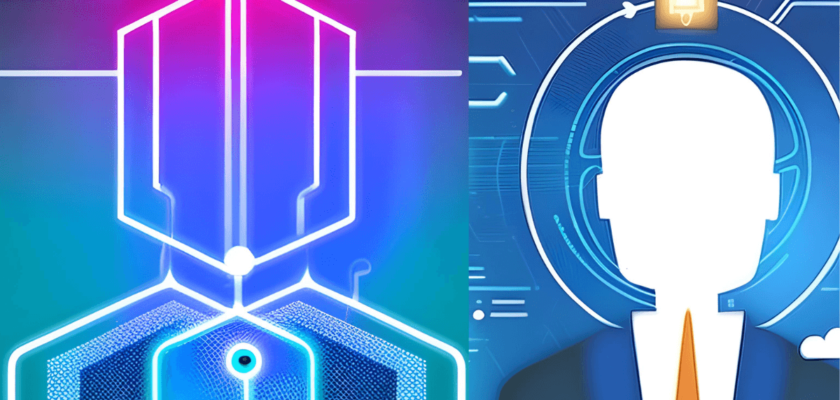Artificial intelligence (AI) is rapidly changing the world, and the workforce is no exception. AI is already being used to automate tasks, improve decision-making, and create new jobs. As AI continues to develop, it is likely to have an even greater impact on the workforce.
Positive Impacts of AI on the Workforce
-
- Automation of repetitive tasks: AI can automate many of the repetitive tasks that are currently done by humans. This can free up workers to focus on more creative and strategic tasks. For example, AI can be used to automate tasks such as data entry, customer service, and manufacturing.
-
- Improved decision-making: AI can be used to improve decision-making by providing businesses with access to more data and insights. For example, AI can be used to analyze customer data to identify trends and patterns. This information can then be used to make better decisions about marketing, product development, and pricing.
-
- Creation of new jobs: AI is also creating new jobs. For example, there is a growing demand for data scientists, engineers, and software developers who can develop and maintain AI systems. Additionally, AI is creating new roles in businesses, such as AI ethics officers and AI trainers.
Negative Impacts of AI on the Workforce
- Job losses: AI is also likely to lead to job losses in some industries. For example, AI could automate jobs in the transportation, manufacturing, and customer service industries. However, it is important to note that AI is also creating new jobs in these industries.
- Decreased wages: AI could also lead to decreased wages for some workers. This is because AI could make it easier for businesses to find and hire workers, which could lead to increased competition for jobs. Additionally, AI could lead to a decrease in the demand for skilled workers, which could also lead to decreased wages.
- Increased inequality: AI could also lead to increased inequality. This is because AI is likely to benefit businesses and high-skilled workers more than low-skilled workers. Additionally, AI could lead to a widening of the gap between the rich and the poor.
The Future of Work
The future of work is uncertain, but it is clear that AI will play a major role. It is important for businesses and workers to prepare for the changes that AI will bring. Businesses can prepare by investing in AI technology and training their employees on how to use it. Workers can prepare by upskilling and reskilling to develop the skills that are in demand in the AI economy.
By working together, businesses and workers can ensure that AI benefits everyone. AI has the potential to create a more productive, efficient, and equitable workforce. However, it is important to be aware of the potential risks and challenges of AI. By working together, we can ensure that AI is used for good. You can also read about the Integration Chat GPT with Bing
Research and Studies Data
- A study by the McKinsey Global Institute found that up to 800 million jobs could be lost to automation by 2030.
- A study by the World Economic Forum found that AI could create 95 million new jobs by 2025, but it could also displace 85 million jobs.
- A study by the Brookings Institution found that AI could lead to a widening of the gap between the rich and the poor.
These studies show that the impact of AI on the workforce is significant and complex. It is important to be aware of the potential risks and challenges of AI, but it is also important to recognize the potential benefits. By working together, businesses and workers can ensure that AI is used for good.




